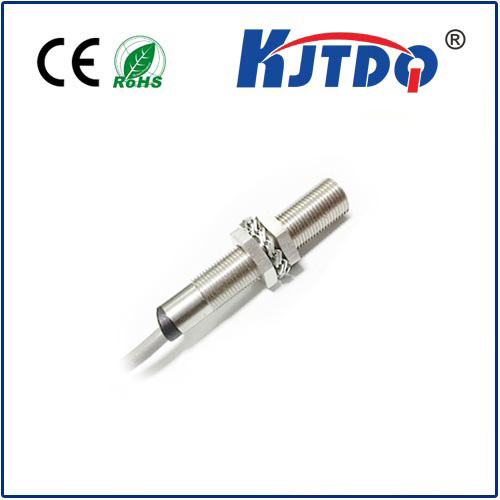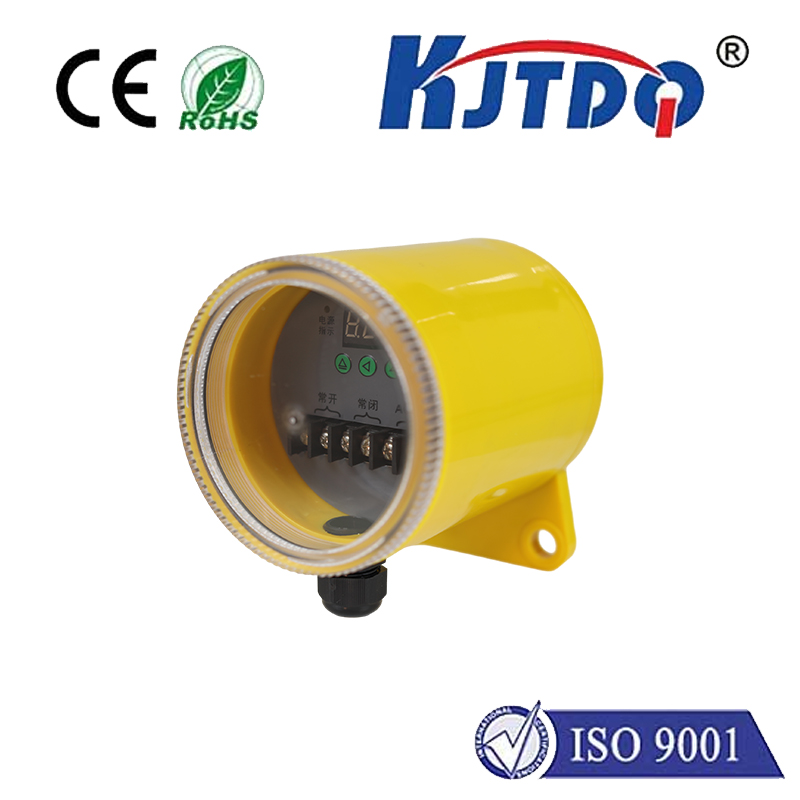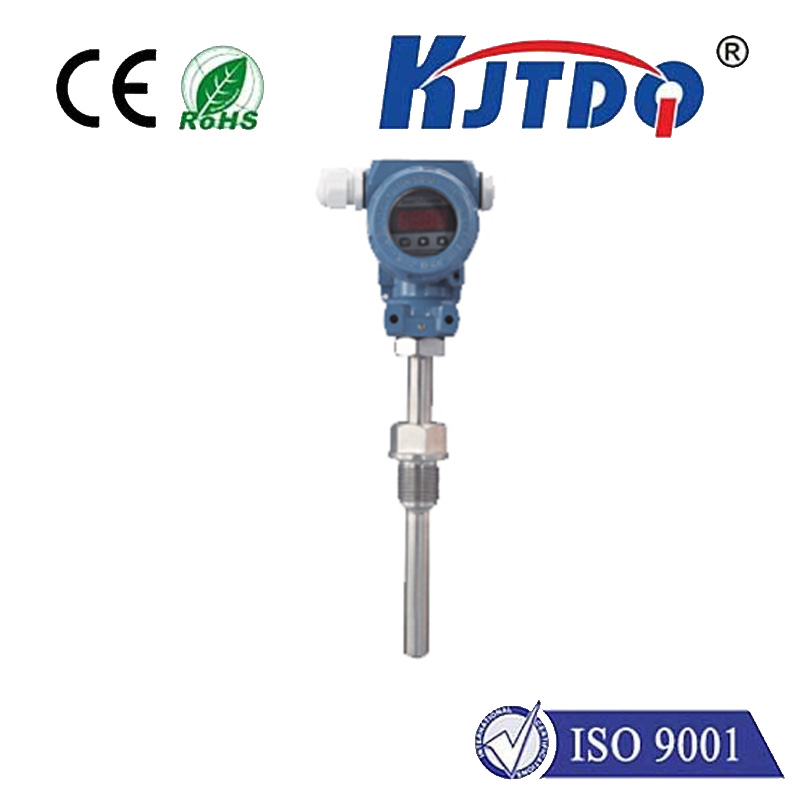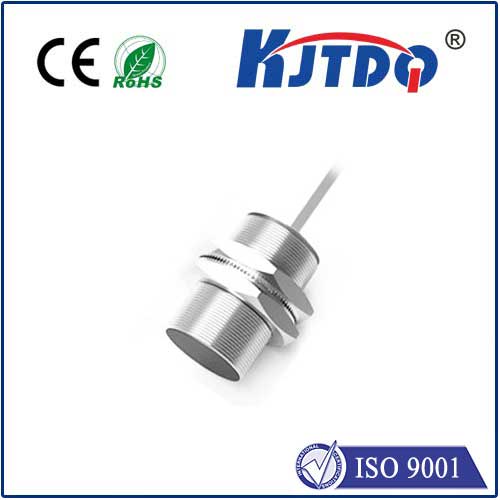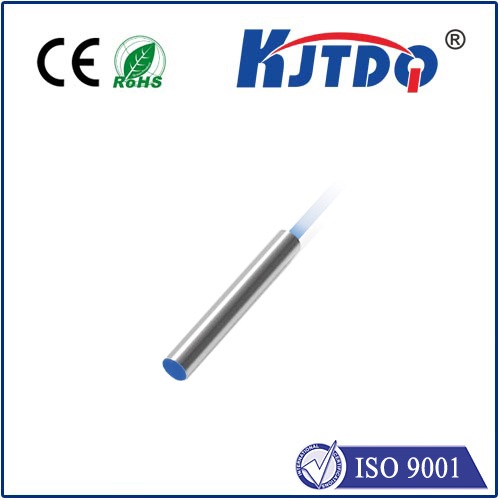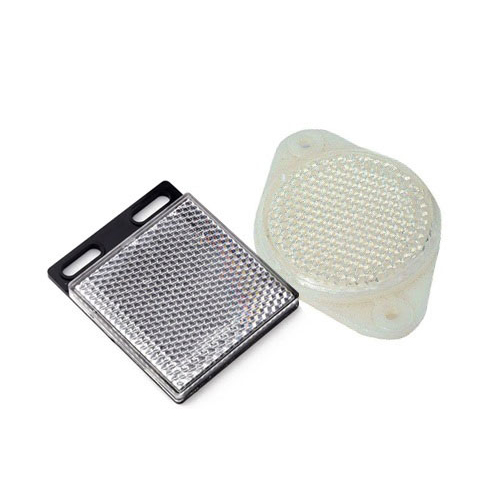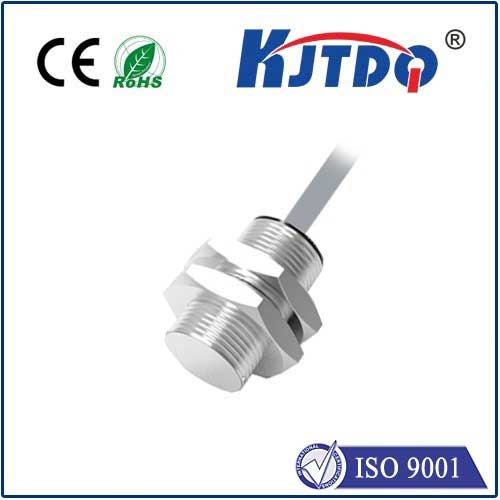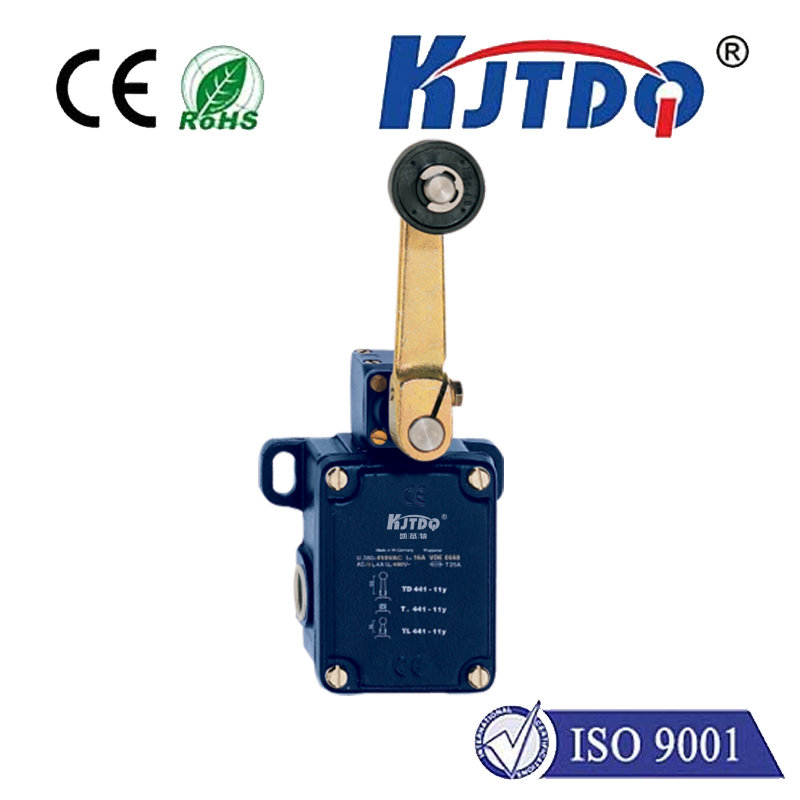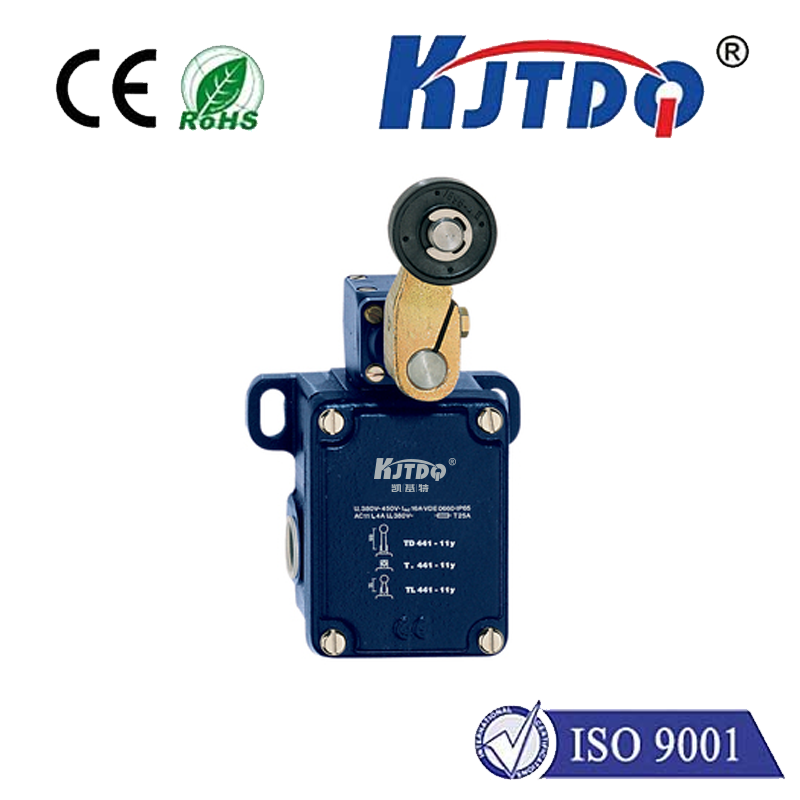

check

check

check

check

check

check

check

check

check

check

Title: Harnessing Technology: The Versatility of Inductive Proximity Sensors In the rapidly evolving world of automation and electronics, inductive proximity sensors have proven to be indispensable components, facilitating seamless interactions between machinery and their operators. By leveraging electromagnetic fields to detect metal objects without physical contact, these sensors play a critical role in various industrial applications. Understanding Inductive Proximity Sensors At the core of an inductive proximity sensor is an oscillator circuit that creates an electromagnetic field. When a conductive object approaches the sensor, it disturbs this field, causing a change in the oscillator’s amplitude. This change is then detected and converted by the sensor’s electronics into a digital output signal, which can be easily integrated with other system components. The non-contact nature of these sensors ensures longevity and reliability, as they are not subject to mechanical wear and tear. Furthermore, the absence of physical contact eliminates contamination risks, making them suitable for environments where hygiene is paramount, such as in food processing or pharmaceutical industries. Applications Across Industries One of the most compelling aspects of inductive proximity sensors is their adaptability to a wide range of industries. In manufacturing, they serve as crucial elements in assembly lines, ensuring precise part detection and positioning. For instance, on conveyor belts, these sensors can trigger the start or stop of machines when products pass by, optimizing production flow and efficiency. In automotive applications, inductive proximity sensors monitor the presence of metallic parts, assisting in tasks like gear shifting in modern vehicles. Additionally, they find use in security systems, where they act as metal detectors at entrance gates or within elevator shafts to prevent accidents. Ease of Integration and Customization The design flexibility of inductive proximity sensors makes them easy to integrate into existing systems. Manufacturers offer a variety of housing styles and sensing ranges to cater to specific requirements. With options for cylindrical, cubic, or flat formats, these sensors can be installed in tight spaces or custom enclosures, enhancing their utility across different operational settings. Moreover, advancements in sensor technology have led to the development of smart inductive sensors that can communicate over networks and provide detailed diagnostic information. This connectivity enables predictive maintenance, reducing downtime and maintenance costs, while also providing valuable data for process optimization. Conclusion As technology continues to advance, the role of inductive proximity sensors will undoubtedly expand, further solidifying their status as key enablers of automation. Their ability to deliver reliable, contactless detection in diverse industrial applications showcases their versatility and importance in the realm of modern engineering. With ongoing innovations, we can expect even greater integration and sophistication from these unassuming yet powerful devices.
